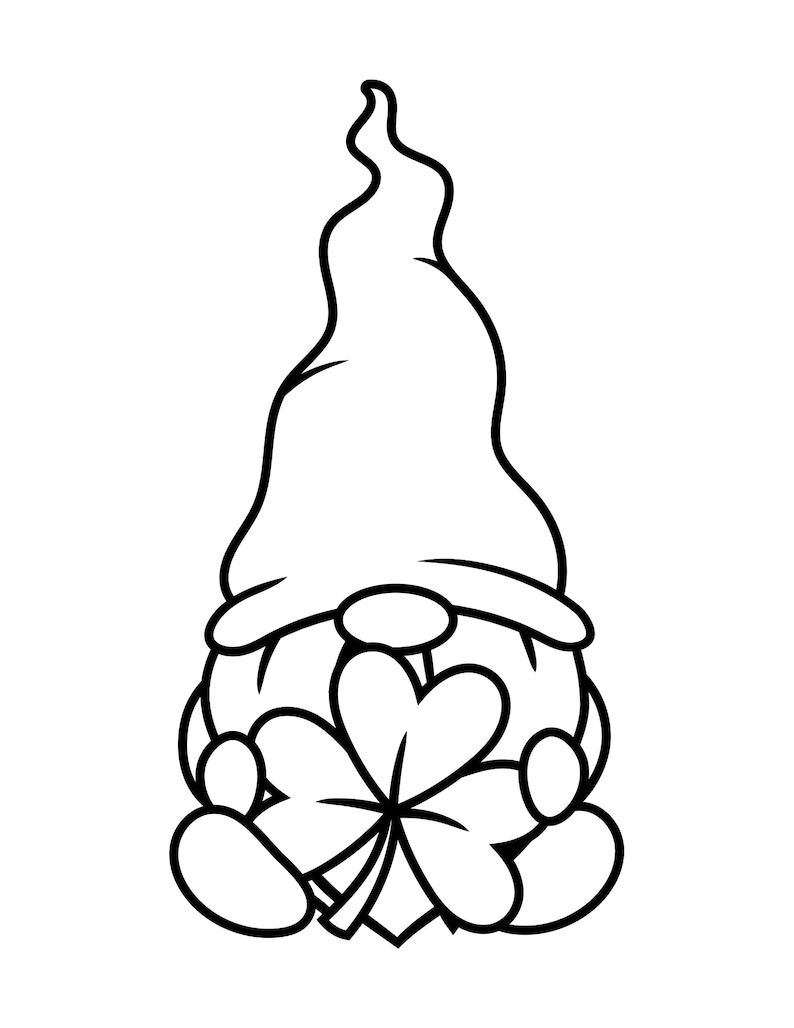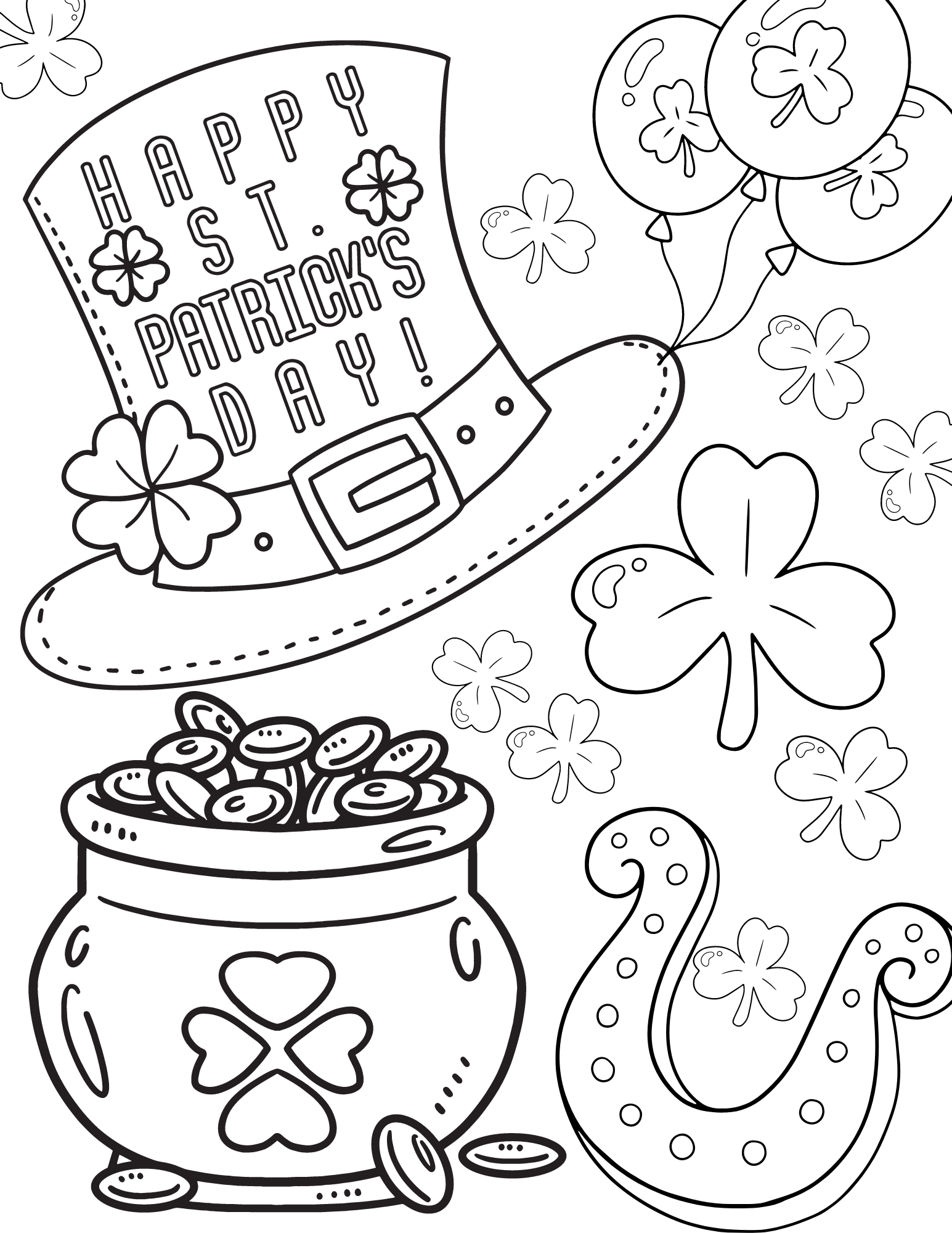Gallery
Photos from events, contest for the best costume, videos from master classes.
 |  |
 |  |
 |  |
 |  |
 |  |
 |
Long before St. Patrick’s Day became synonymous with the color green, its namesake saint — and even Ireland as a whole — was more closely associated with various shades of blue. St. Patrick is often credited with spreading Christianity throughout Ireland, and he became known as the patron saint of the country. The earliest known depiction of the saint — found in a 13th-century French The Irish government didn’t recognize St. Patrick’s Day as a public holiday until 1903, and the first parade in Dublin wasn’t held until 1931. Even pubs remained closed on March 17 until 1961. What was St. Patrick’s original color? Patrick was first represented by the color blue. This 13th-century image of St. Patrick depicts Ireland's patron saint in a blue robe. 10) St. Patrick's Day is celebrated on March 17, the day he was made a Saint. false 11 ) Which city dyes its river with emerald green every year on St. Patrick's Day to honor the holiday and celebrate the city's Irish heritage? Yet green remains the color associated with St. Patrick’s Day and Ireland throughout the world, largely due to the Catholic diaspora and its association with nationalism. (THE CONVERSATION) St. Patrick’s Day usually conjures images of partying, Catholicism, Irish nationalism and, perhaps most famously, the color green: green clothes, green shamrocks, green beer While green has become more commonly associated with Ireland and St. Patrick’s Day celebrations in modern times, the deep-rooted connection between Ireland and the color blue remains an important part of the country’s heritage and tradition. St. Patrick’s Blue Association: The Transition to Green To this day, several sports teams in Ireland wear Saint Patrick’s Blue on their uniforms. Additionally, there are several pieces of artwork depicting Saint Patrick dressed in light blue robes. How Did the Color Associated With Ireland and St. Patrick’s Day Change From Blue to Green? There are a few explanations for the color change in Ireland. The Irish government didn’t recognize St. Patrick’s Day as a public holiday until 1903, and the first parade in Dublin wasn’t held until 1931. Even pubs remained closed on March 17 until 1961. What Was St. Patrick’s Day’s Original Color? Before the sea of green flooded every street and city skyline on March 17th, the original color associated with St. Patrick was a shade of light, sky-toned blue—a hue that has come to be called “St. Patrick’s Blue.” For centuries, St. Patrick’s Day celebrants wore blue ribbons and shamrocks. The Switch From Blue to Green. Green was not always ignored on St. Patrick’s Day, despite blue being the dominant color. The symbolic three-leaf shamrock St. Patrick used to teach the idea of the Holy Trinity was a bright Kelly green hue. It made sense for green Yet green remains the color associated with St. Patrick’s Day and Ireland throughout the world, largely due to the Catholic diaspora and its association with nationalism. The original color of St. Patrick’s Day was blue, known as St. Patrick’s blue. Green replaced blue as the official color of the holiday around the 1780s. Popular symbols like shamrocks and wearing green today stem from this change. 10 St. Patrick’s Day Fun Facts to Impress Your Mates. To ensure you’re the life of the St. Patrick’s Day party, arm yourself with these fun facts: St. Patrick’s Color Was Blue: That’s right, the original colour associated with St. Patrick’s was blue. Green only took over because of its association with the shamrock and Irish While green is the color most frequently associated with the holiday the other St. Patrick’s colors still have special meanings. As St. Patrick’s Day is a celebration of both Saint Patrick and Ireland, some of the St. Patrick’s Day colors tie directly to the patron saint, while others are more representative of Ireland itself. (THE CONVERSATION) St. Patrick’s Day usually conjures images of partying, Catholicism, Irish nationalism and, perhaps most famously, the color green: green clothes, green shamrocks, green beer St. Patrick’s Day usually conjures images of partying, Catholicism, Irish nationalism and, perhaps most famously, the color green: green clothes, green shamrocks, green beer and green rivers. St. Patrick’s Day usually conjures images of partying, Catholicism, Irish nationalism and, perhaps most famously, the color green: green clothes, green shamrocks, green beer and green rivers. To save you scrolling, you’ll find some speedy need-to-knows about the first color associated with St. Patrick’s Day below: 1. Yep, it all began with blue, not green. Although people wear green on St. Patrick’s Day, early depictions of St. Patrick show him clothed in fine blue robes. In fact, in Saul Church, which is on the site where St Yet green remains the color associated with St. Patrick’s Day and Ireland throughout the world, largely due to the Catholic diaspora and its association with nationalism. However, blue still plays a symbolic role in Ireland: Since 1945, the flag representing the president of Ireland has a gold harp with a dark blue background – the color
Articles and news, personal stories, interviews with experts.
Photos from events, contest for the best costume, videos from master classes.
 |  |
 |  |
 |  |
 |  |
 |  |
 |